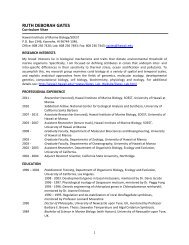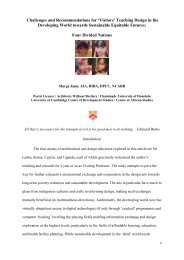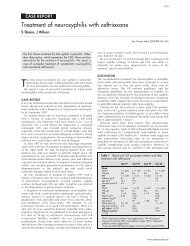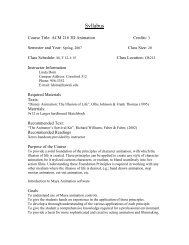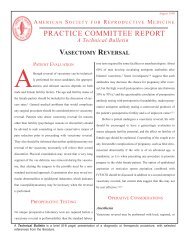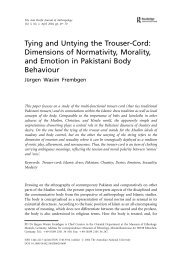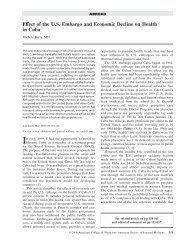EFFECT OF REDUCED FORMS ON ESL LEARNERS' INPUT ...
EFFECT OF REDUCED FORMS ON ESL LEARNERS' INPUT ...
EFFECT OF REDUCED FORMS ON ESL LEARNERS' INPUT ...
You also want an ePaper? Increase the reach of your titles
YUMPU automatically turns print PDFs into web optimized ePapers that Google loves.
Ito – Effect of Reduced Forms on Input-Intake Process 111<br />
types of reduced forms was statistically significant for the NNS-lower group (t(8)=9.45,<br />
p=.000), but not for the NNS-upper group (t(8)=3.15, p=.014).<br />
Table 4<br />
Repeated-Measures ANOVA on Test Scores for Proficiency Groups and Phonological vs.<br />
Lexical Forms<br />
Source SS df MS F η 2 power<br />
Between subjects<br />
Proficiency 75.11 1 75.11 20.10* .56 .97<br />
Error 59.78 16 3.74<br />
Within subjects<br />
Types of Forms 312.11 1 312.11 70.23* .81 1.00<br />
Types of Forms x Proficiency 53.78 1 53.78 12.10* .43 .83<br />
Error 71.11 16 4.44<br />
Note. S=subjects, *p< .025<br />
NNSs's phonoological/lexical scores<br />
20.00<br />
15.00<br />
test score<br />
10.00<br />
5.00<br />
phonological<br />
lexical<br />
0.00<br />
NNS-upper<br />
NNS-lower<br />
proficiency level<br />
Figure 3. Dictation test scores for lexical and phonological forms<br />
Results of the correlational analyses are summarized in Tables 5, 6, and 7. All the<br />
tables show that the presence of reduced forms score and the phonological score are<br />
highly correlated across the two proficiency levels of NNSs. Namely, 94.09%, 67.24%,



